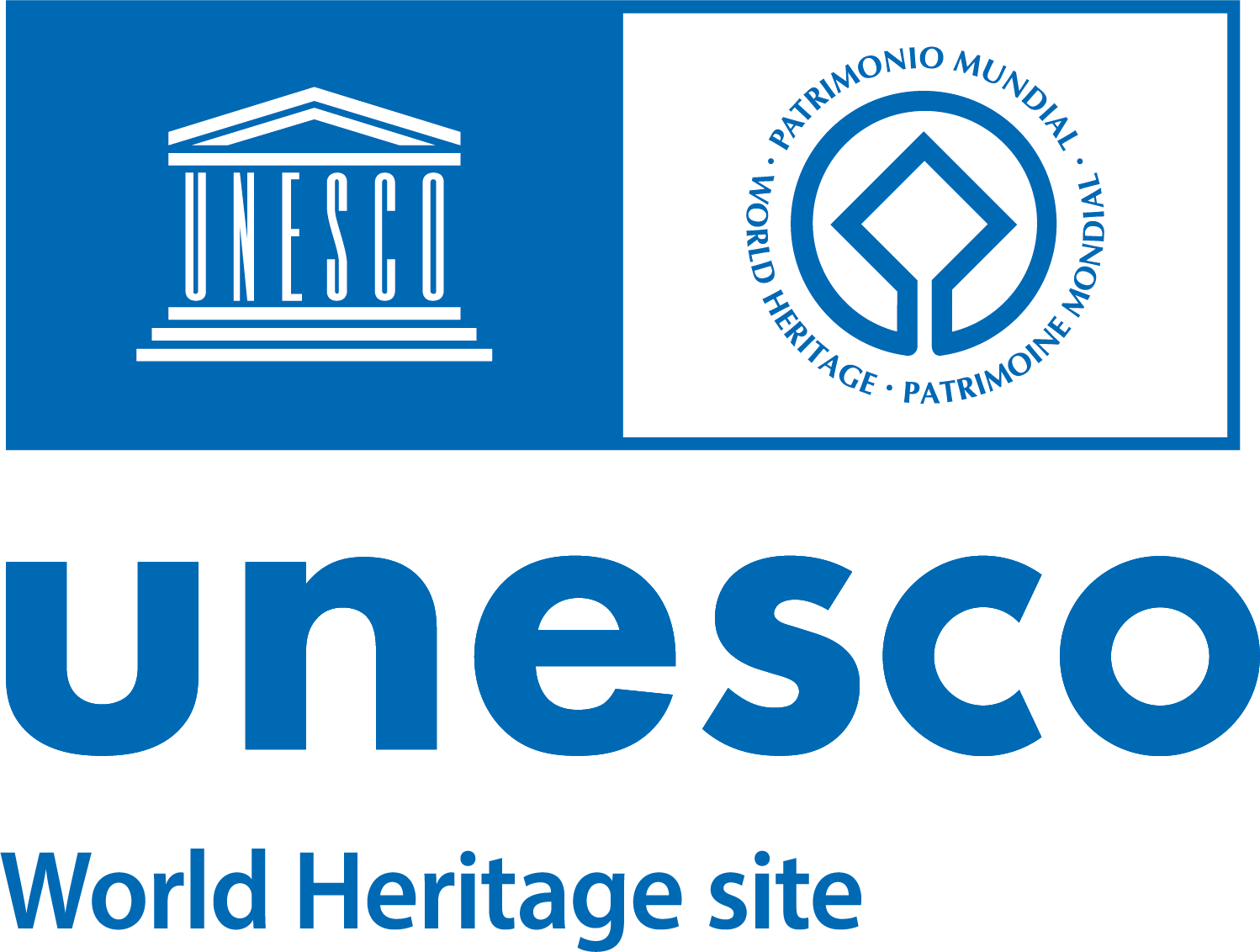The idea of the “department store” originated in mid-19th century France and was destined to change the shopping style of European and American cities. The department store was a place where people could enter freely, where there was a wide assortment of merchandise at modest, fixed prices and where everyone could buy, or merely dream of buying.
The real challenge was accustoming the upper class clientele to buying products that were not exclusive, but nevertheless of excellent quality, and educating the middle class in good workmanship and fashion, also by means of catalogues which could lend inspiration. The public was pampered in lounges where they could relax and socialise, listen to music and drink a cup of tea. Services such as a hairdresser or post and telephone offices were also offered.
From the end of the 19th century, department stores were the point of reference for Italian tastes and the large-scale establishment of the textile industry. This was the background for Senator Borletti, who created one of the first large department stores in Milan, christened “La Rinascente” by Gabriele Dannunzio. It became the cornerstone of a long chain.
In Rome, the first building was inaugurated in the 1920s on Via del Corso and in the 1950s a second Rinascente was built in the Umbertine district of Piazza Fiume, just a few metres from the Aurelian Wall and the vehicle passageway that had replaced the ancient Porta Salaria. The second store was designed by architects Franco Albini and Franca Helg and the work was carried out between 1960 and 1961. The ambitious design involved building a very modern structure in a sensitive historical-urban area strongly marked by tradition.
Iron and concrete were used to build a structure with a rigid appearance: a parallelepiped outlined by vertical and horizontal embossed planes, where various elements, such as the use of ripples in the concrete, eaves or channels for lighting, contribute to making the surface fluid and alive with classically inspired chiaroscuro. The metal skeleton is covered with panels made of crushed granite and red marble composite, a material and colour scheme chosen to better interact with the plaster of the Baroque building and the pozzolana and warm brick of the Aurelian walls.
The structure retains its charm inside as well where all nine floors consist of open spaces, connected at each level by a splendid spiral staircase supported by an unobtrusive steel frame.








